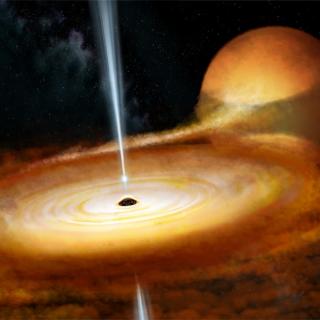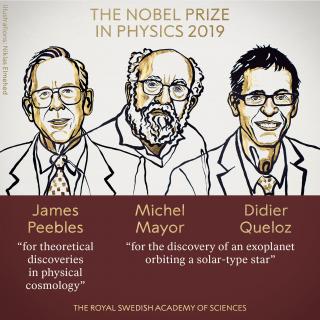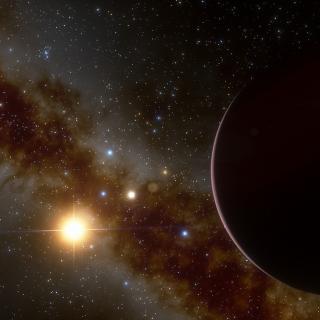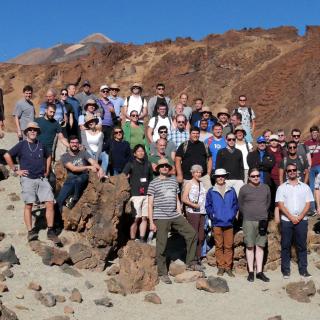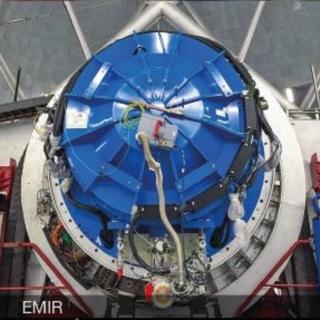
“Amanar: under the same sky” is an initiative by GalileoMobile in collaboration with the Canary Association for friendship with the Saharawi People (ACAPS), funded by the International Astronomical Union (IAU), via its Office of Astronomy for Development and its centenary celebrations, and by the Instituto de Astrofísica de Canarias (IAC). On Tuesday 15thOctober the second part of the project will begin, in which an international team of astronomers and teachers will travel to the refugee camps in Tindouf to engage in outreach activity with the Saharaui students and teachers- Durint the stay
Advertised on
